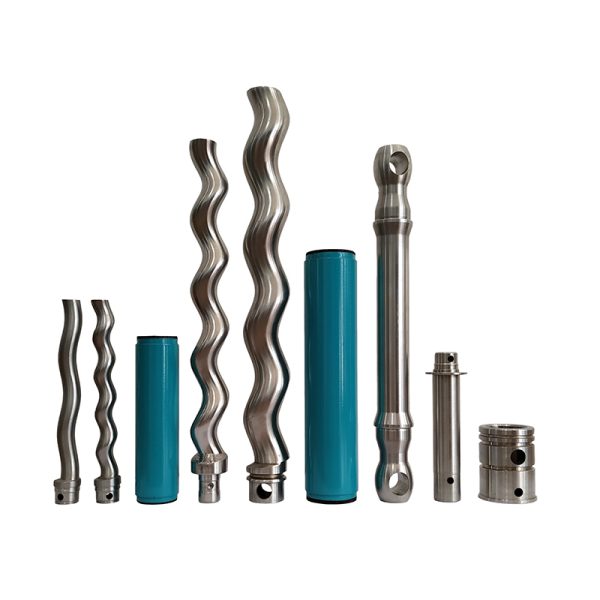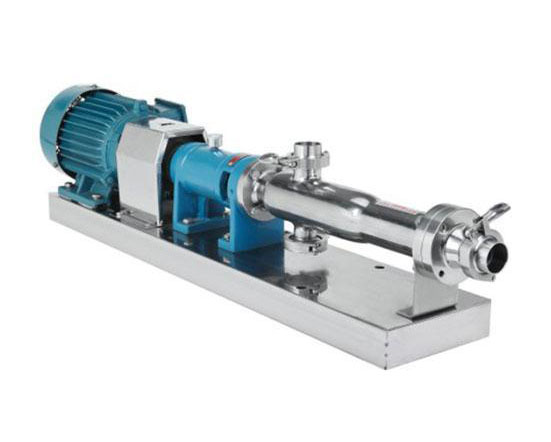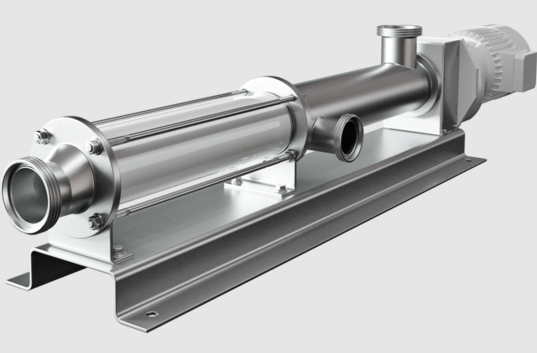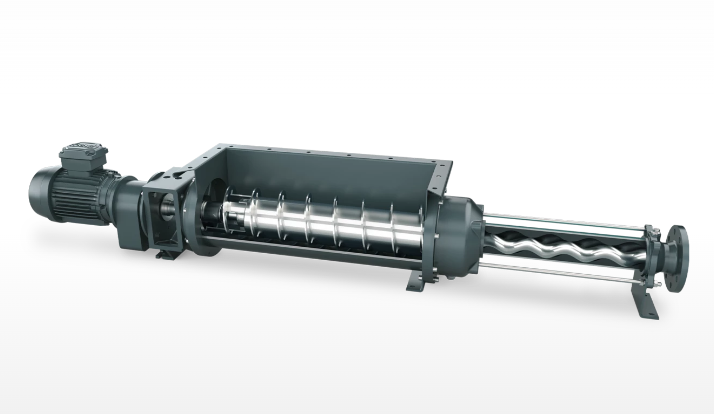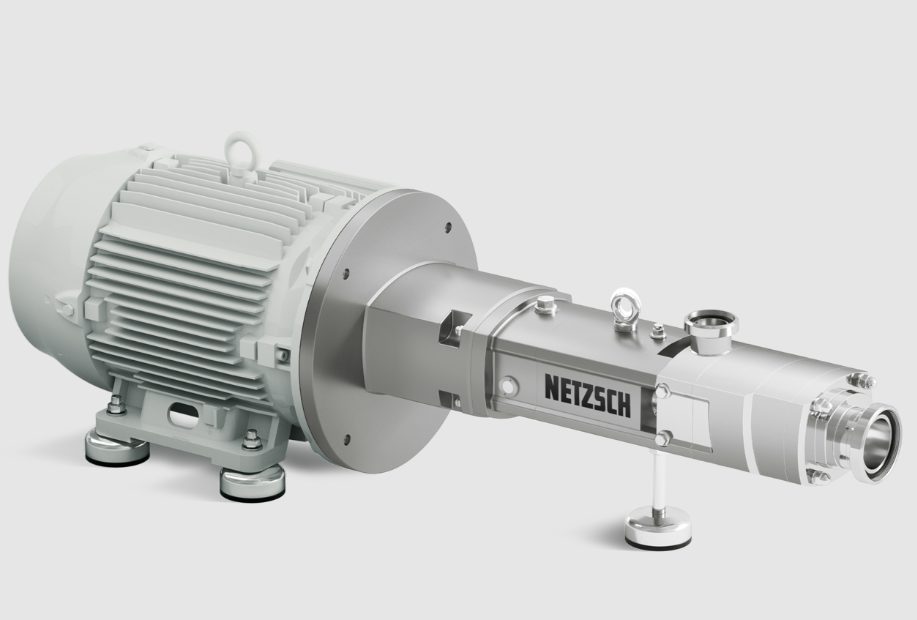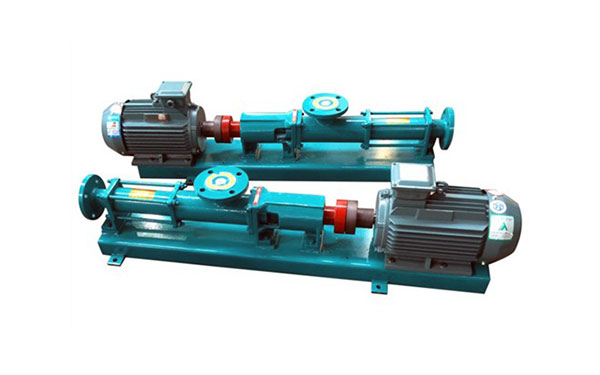single screw type pump
Single screw pumps, also known as progressive cavity pumps or screw pumps, are positive displacement pumps that use a single screw mechanism to transport fluids. They are known for their ability to handle viscous fluids and are widely used in various industrial applications.
1. Key Features of Single Screw Pumps
-
- Single Screw Mechanism:
-
- Utilizes a helical screw that rotates within a cylindrical chamber, creating a series of cavities that move the fluid.
-
- Low Shear:
-
- Designed to minimize shear forces, making them suitable for sensitive or shear-sensitive fluids.
-
- Self-Priming:
-
- Capable of self-priming, allowing for easy startup without needing to fill the pump with liquid first.
-
- Versatile Design:
-
- Can be customized for various applications, including handling abrasive, corrosive, or viscous materials.
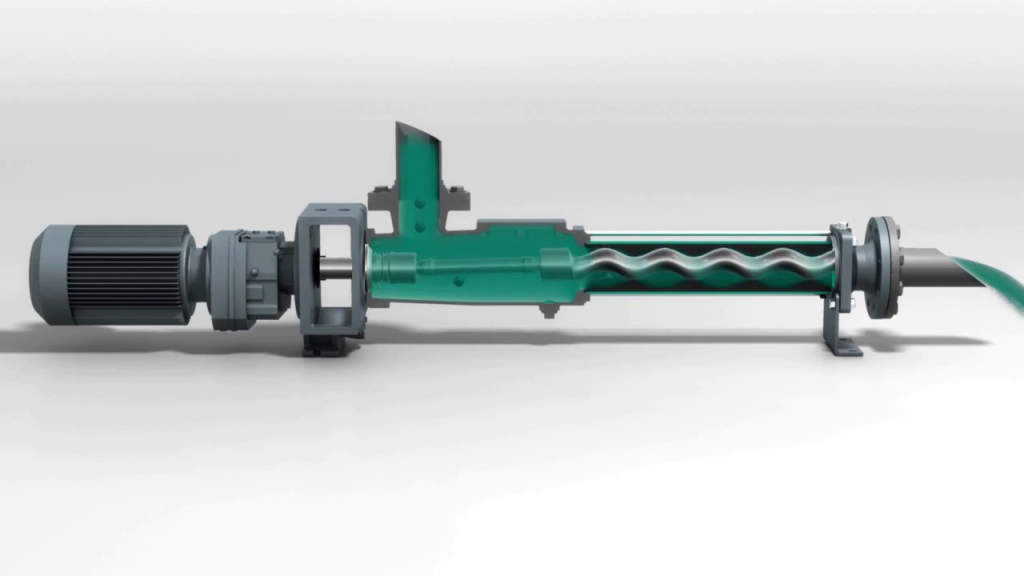
2. Applications of Single Screw Pumps
-
- Food and Beverage Industry:
-
- Ideal for transferring thick products like sauces, creams, and pastes without damaging the product.
-
- Chemical Processing:
-
- Used for pumping aggressive chemicals, polymers, and viscous fluids in chemical manufacturing.
-
- Pharmaceuticals:
-
- Suitable for precise dosing and handling of sensitive pharmaceutical products.
-
- Wastewater Treatment:
-
- Effective for pumping sludge and other viscous materials in wastewater management systems.

3. Advantages of Single Screw Pumps
-
- High Efficiency:
-
- Provides a steady flow rate with minimal pulsation, enhancing process efficiency.
-
- Gentle Handling:
-
- The design ensures gentle handling of fluids, preserving the integrity of the product.
-
- Durable Construction:
-
- Built with robust materials to withstand harsh operating conditions.
-
- Easy Maintenance:
-
- Designed for straightforward maintenance, reducing downtime and operational costs.

4. Considerations When Choosing Single Screw Pumps
-
- Fluid Characteristics:
-
- Understand the viscosity, temperature, and chemical properties of the fluid to ensure compatibility.
-
- Flow Rate Requirements:
-
- Determine the necessary flow rate to select the appropriate pump size and configuration.
-
- Operating Environment:
-
- Consider the installation location and environmental factors that may impact pump performance.

